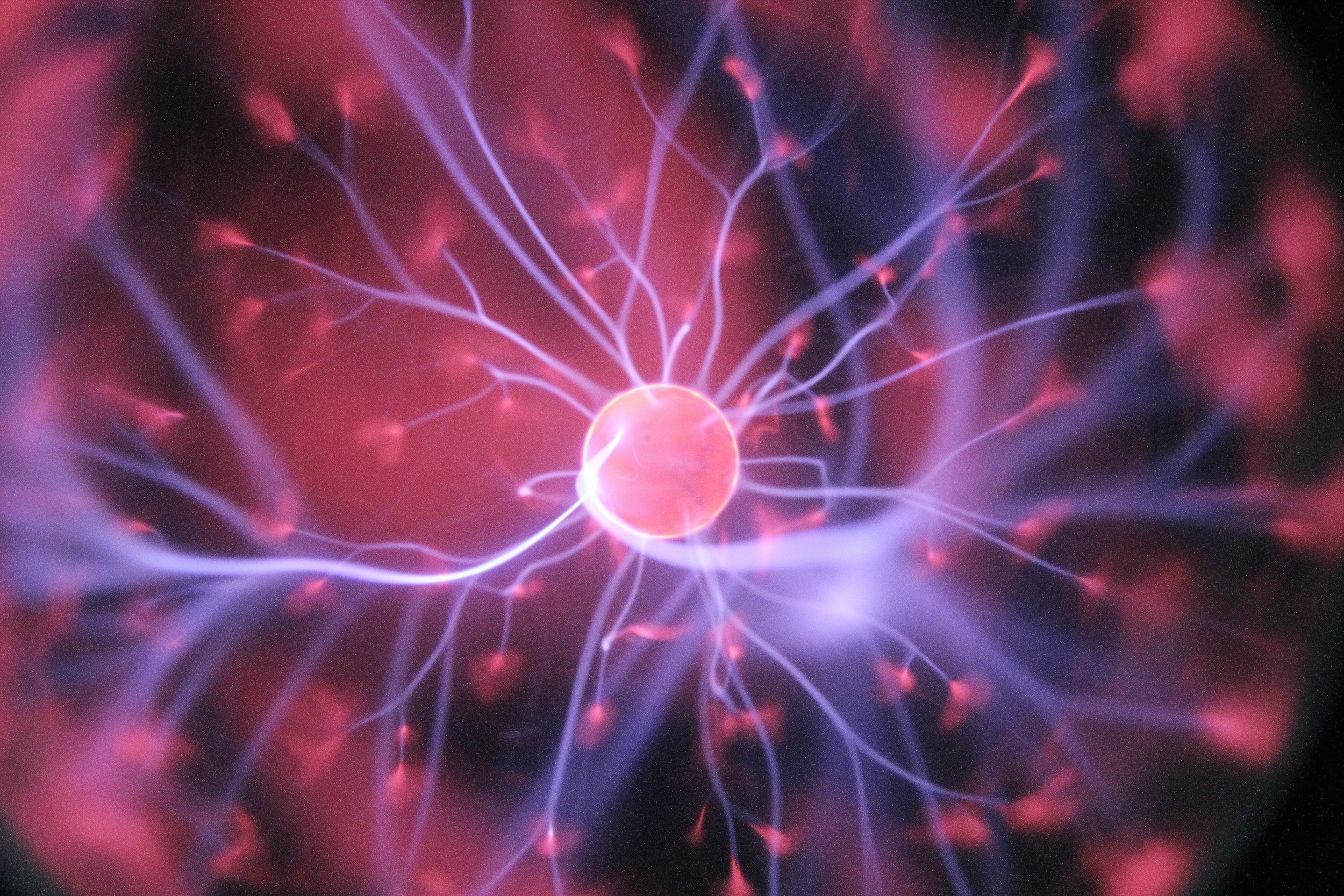
Neuromodulation Technology
It’s been known fact that for over sixty years that chronic pain occurs without any detectable tissue damage or other “cause” for pain. Brain scans (fMRI) show that the pain is real and not imaginary. Most medical practitioners view chronic pain as palliative where little can be done.
Through a precise combination of physical intervention and psychological therapy, we found this not to be the case. We can learn to inhibit pain. The experience that we call “pain” is actually just the integration of different brain regions communicating with each other. In the past this communication provided a psychosocial benefit and perhaps allowed us to. Other psychosocial factors conditioned and maintain the pain, even though the time for healing has long past. This conditioning, enhanced by persistent stress, guilt, anxiety and other factors, can be unlearned through a revisal of the underlying behaviors, cognitions and emotions.
Pain perception can be described as a conference call in which different people contribute and everyone hears the others who are speaking. One participant on the call is the discriminatory-sensory aspect of pain such as burning or stabbing. Another one is our painful memories. A third is our feelings of helplessness, fear, sadness, or anger. Yet another represents our physical pain behaviors such as groaning with pain or the restriction of movement to minimize pain. The sum of this conference call is continuous chronic pain which mostly gets worse over time.
Usually a patient goes to a doctor who prescribes medication that their body quickly adapts to, thus losing its efficacy or creating a drug dependency. Physical activity that could “heal” is avoided because the patient “knows” that it will provoke more pain. Alternatively, the patient stays active are in a state of sympathetic overload. We term these reactions “pain behaviors”, “pain cognitions”, and “pain adaptations.” Unfortunately, these adaptations serve to increase sensitivity and sustains pain until hurt is part of everyday life.
At the start of pain, the sensory participant is the boss. With acute pain, the sensory caller is especially active, while the other participants are quiet and wait, not yet “taught” to speak and the pain is not yet conditioned. However, in chronic pain, the other participants are so loud that the actual sensory input is drowned out. Pain is felt without a clear physical cause. Feelings such as fear/anxiety, stress, and well-meaning “help” from loved ones, along with pain behaviors, reinforce and perpetuate chronic pain.

Our treatment – SET – consists of psychological engagement training, originally created by Herta Flor and Niels Birbaumer, two of history’s most important pain researchers.
During the psychological treatment, we can focus the other “callers” (negative thoughts, feelings, and behaviors) until chronic pain is no longer perceived. SET actively encourages healthy responsive behavior to erase the positive feedback loop between pain participants.
Our goal is to eliminate chronic pain through SET. We view pain as a basic maladaptive learned stress response that can be extinguished through behavioral change and our success comes from creating synergy between the treatment prongs.
We have adapted their discoveries and added a component of a very precise electrical stimulation on the fingers gated to your cardiac cycle. We interval train the patient’s baroflex arc, which is depreciated in chronic disease patients and regulates many autonomic functions including pain inhibition. Our neuromodulation stimulation awakes (retrains) the dynamic range of the baro-response and other natural body-brain systems. The CNS receives the necessary information inhibit pain or to ignore low-level sensory input.
How we defibrillate pain by Chief Scientist Professor Kati Thieme
General info on the heart, blood pressure, and baroreceptor regulation




